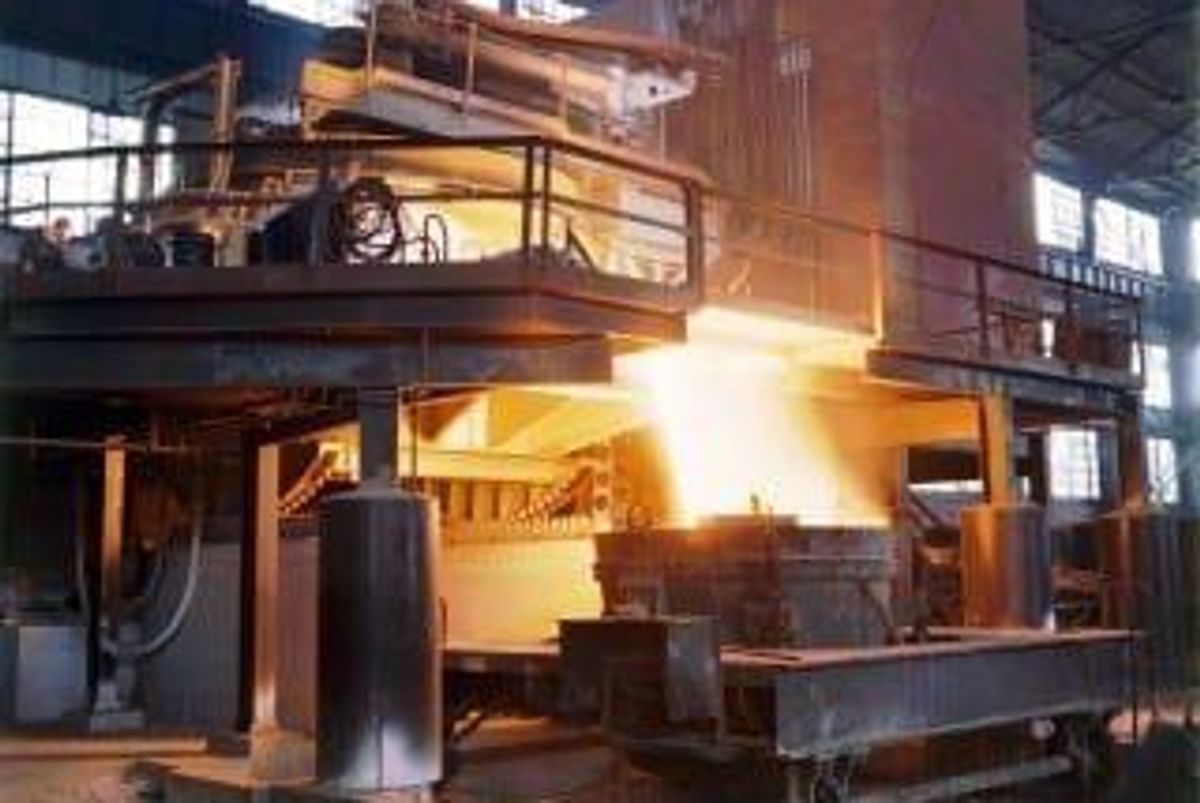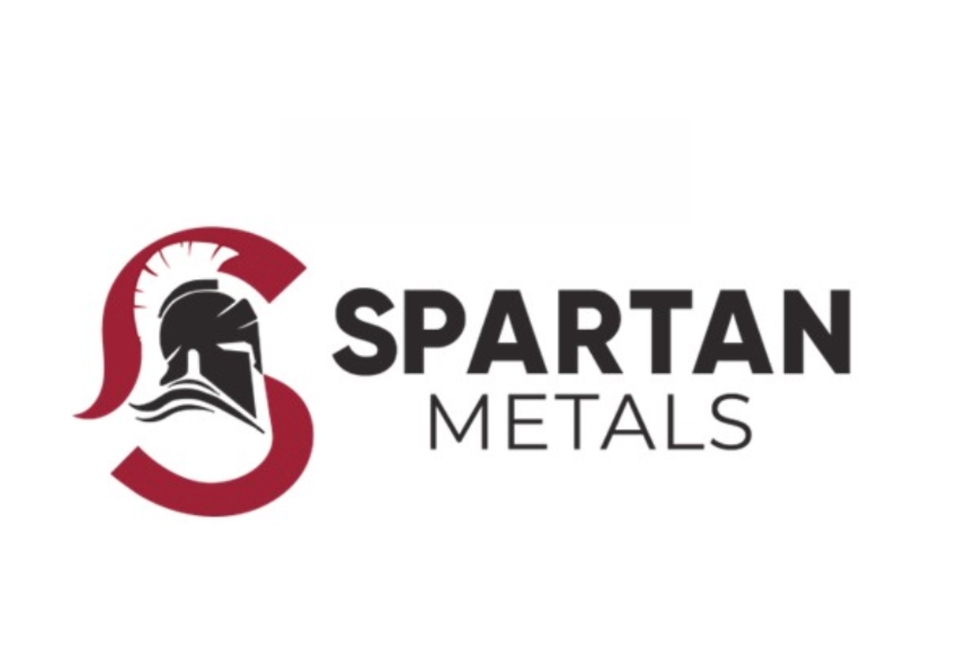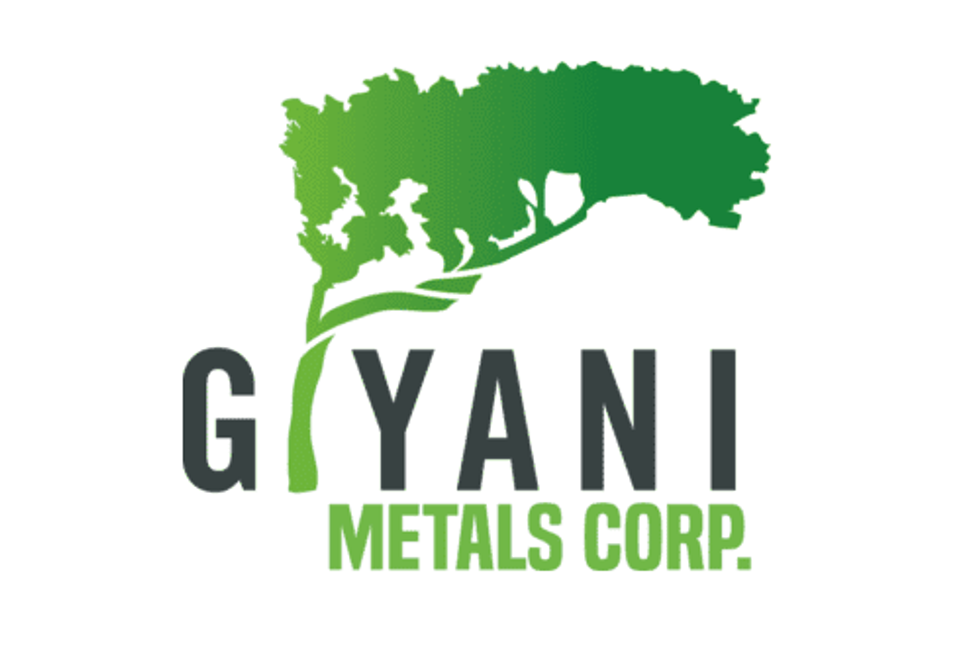
Manganese uses are diverse, ranging from steelmaking to batteries. Here’s a look at how the metal is used in those and other industries.
Manganese may not be familiar for many investors. However, it’s one of the top four metals used in the world, behind only iron, aluminum and copper. It’s also the world’s fifth-most abundant metal.
Manganese is primarily used to improve the properties of other metals in alloys, with about 90 percent of mined material going toward steel production. Due to struggling steel demand, manganese prices have declined gradually in recent years, and saw a 12-year low in 2015.
The outlook for manganese for 2017 is cautiously optimistic; economic recoveries in countries like Russia and Brazil have helped boost the outlook for global steel demand, in turn improving prospects for manganese. Manganese also has a growing role in the development of dry-cell batteries, and its use in that sector may enhance its outlook in the near future.
Manganese uses: Steelmaking
As mentioned, the majority of manganese is used as an alloying element in steel. It helps make steel stronger, tougher and more resistant to impact, and there are currently no satisfactory substitutes for manganese in steelmaking.
Manganese is introduced to the steelmaking process during forging, where it helps reduce the temperature needed to produce a form of iron called ferrite. The metal is used at other points in the steelmaking process as well. When forged, crude steel contains too much oxygen, as well as some sulfur — manganese is able to solve both of those issues due to its deoxidation capacity and ability to combine with sulfur.
Today, most multipurpose, low-carbon steel is made up of between 0.15 and 0.8 percent manganese. High-strength steels — those that require a yield strength over 500 megapascals — may contain over 1 percent manganese. When steel needs to have a very fine ferrite structure, sometimes low-carbon, controlled-rolled steel is produced that contains up to 1.8 percent manganese. This steel is widely used in oil or gas pipelines, for shipbuilding and in other transportation equipment to help reduce weight.
Manganese is also used in stainless steel, a material is traditionally made from chromium and nickel. The nickel is there to provide strength to the metal, which also contains about 1 percent manganese. However, there is a trend beginning to replace the nickel partly or completely with manganese, bumping the content up to as much as 16 percent and creating the so-called 200 Series.
Generally manganese is added to stainless steel during melting to assist in deoxidation, and to prevent the formation of iron-sulfide inclusions, which can cause hot cracking problems.
Manganese uses: Batteries
Manganese’s main non-metallurgical application is in dry-cell batteries. Manganese dioxide is used to form the cathode for both alkaline and non-alkaline dry-cell batteries. Many are familiar with alkaline batteries, the most common battery, although some may not realize they contain manganese dioxide as a key ingredient.
Lithium-manganese-oxide batteries
There are also lithium-manganese-oxide batteries, commonly called lithium-manganate or lithium-ion-manganese batteries, or li-manganese or spinel. The technology for this type of battery was first discovered in the 1980s, with the first publication on the subject appearing in the Materials Research Bulletin in 1983. The first commercial lithium-ion cell made with lithium-manganese-oxide as a cathode material was produced in 1996 by Moli Energy.
Lithium-manganese-oxide batteries are notable for their high thermal stability and are also safer than other types of lithium-ion batteries. As a result, they are often used in medical equipment and devices. These types of batteries may also be used in power tools, electric bikes and electrical hobby uses; it is even possible to use them to power laptops and electric powertrain cars.
Lithium-nickel-manganese-cobalt-oxide batteries
Lithium-nickel-manganese-cobalt-oxide batteries, also known as NMC batteries, are another type of manganese battery. Lithium-nickel-manganese-cobalt-oxide batteries are made of several materials common in other lithium-ion batteries. Like other varieties of lithium-ion batteries, NMC batteries can have either a high specific energy or high specific power, and are most commonly used in power tools and in powertrains for vehicles.
Manganese uses: Other
While the vast majority of manganese is used in steel production and batteries, the metal has also found use in a number of other functions. Manganese can be found in water treatment processes, fertilizer micronutrients and the creation of different color pigments.
This is an updated version of an article originally published by the Investing News Network in 2013.
Don’t forget to follow us @INN_Resource for real-time updates!
Securities Disclosure: I, Sivansh Padhy, hold no direct investment interest in any company mentioned in this article.


